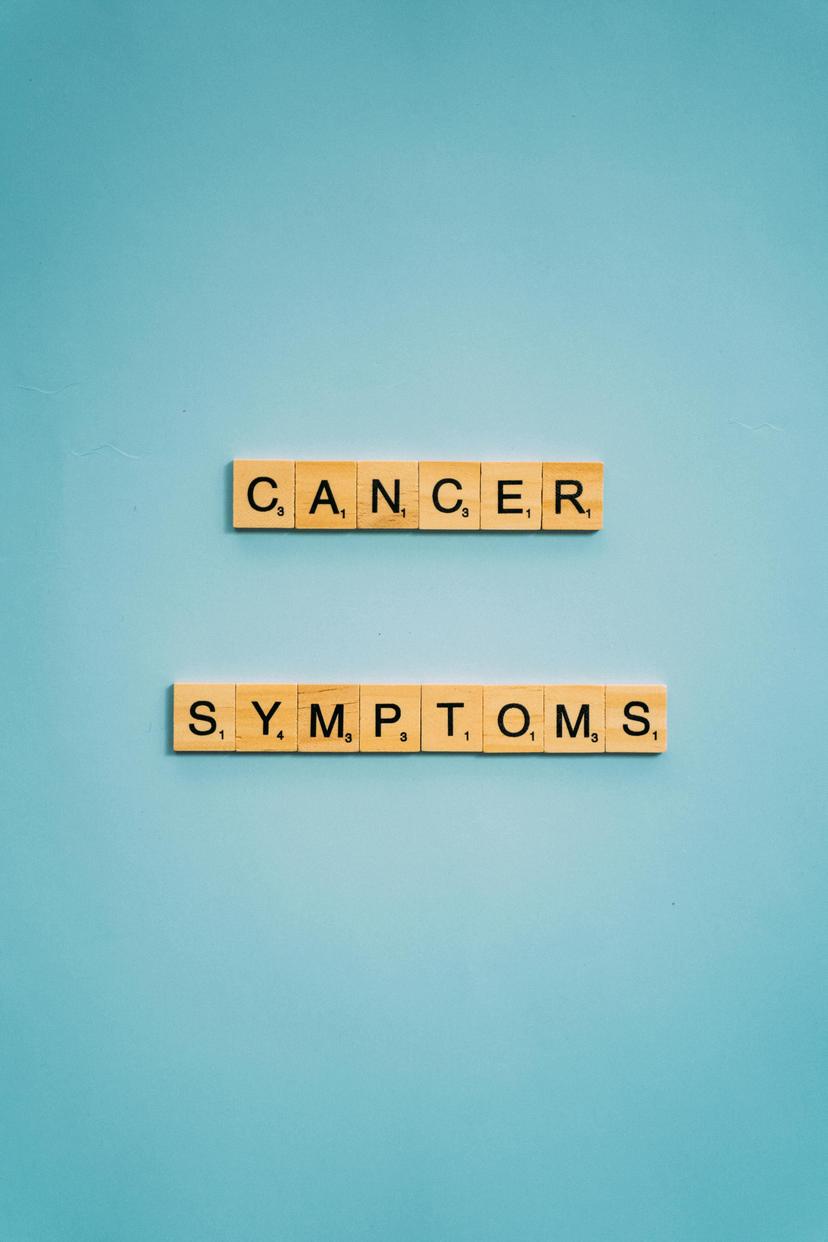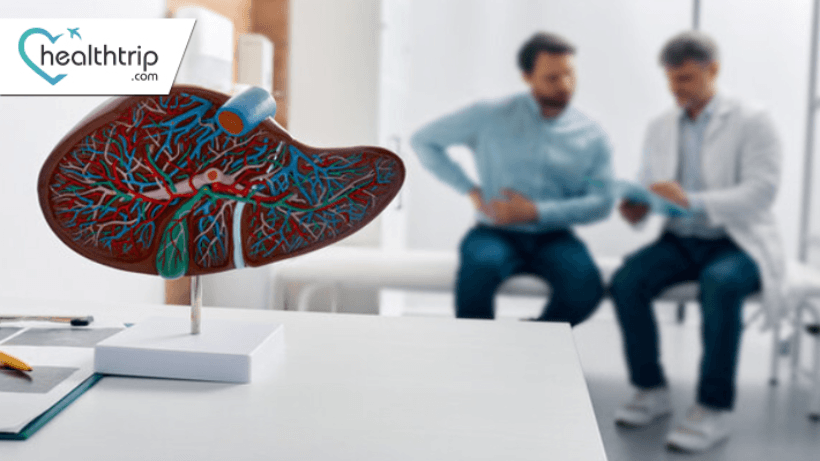
How to know If You Have Fibroids
15 Sep, 2023
 Healthtrip Team
Healthtrip TeamFibroids are a health concern that touches the lives of countless women worldwide. Whether you're a young woman in her twenties or an older adult navigating the complexities of middle age, understanding fibroids and their risk factors is crucial. This blog serves as a beacon of knowledge, illuminating the path towards better health awareness and proactive self-care.
By diving into the intricacies of fibroid risk factors, we aim to empower every reader to take control of their well-being. Whether you're seeking to prevent fibroids or simply wish to stay informed, this guide is a valuable resource. So, let's embark on this journey together, exploring the factors that can influence your risk of fibroids and paving the way for a healthier, happier you.
Most popular procedures in India
The Factors That Influence Risk
Before you embark on monitoring for fibroids at home, it's essential to familiarize yourself with the risk factors associated with their development. Some common risk factors include:
- Age: Fibroids are most common in women aged 30-50.
- Family History: If fibroids run in your family, you may be at a higher risk.
- Ethnicity: African-American women tend to have a higher prevalence of fibroids.
- Obesity: Excess weight can increase your chances of developing fibroids.
- Hormonal Imbalances: Fluctuations in hormone levels can contribute to fibroid growth.
- Diet: A diet high in red meat and low in fruits and vegetables may be linked to fibroids.
Knowing these risk factors can empower you to stay vigilant and take proactive steps to protect your health.
Wellness Treatments
Give yourself the time to relax
Lowest Prices Guaranteed!

Lowest Prices Guaranteed!
Pay Attention to Symptoms
Fibroids can be asymptomatic, but they often come with a range of noticeable signs. Here's what to be on the lookout for:
- Heavy or Prolonged Menstrual Periods: If your periods are unusually heavy or prolonged, it could be a sign of fibroids.
- Pelvic Pain or Pressure: Persistent discomfort or a feeling of pressure in your pelvic region warrants attention.
- Frequent Urination: If you find yourself needing to urinate more frequently or have difficulty emptying your bladder, it's a potential symptom.
- Constipation or Bowel Issues: Fibroids can press against your rectum, causing constipation or difficulty with bowel movements.
- Backache or Leg Pains: Sometimes, fibroids can lead to back pain or discomfort in your legs.
- Enlarged Abdomen: Keep an eye on changes in the size and shape of your abdomen.
If you experience any of these symptoms, don't hesitate to reach out to a healthcare professional for a proper evaluation.
Monitor Your Menstrual Cycle
Keeping a menstrual diary can be a helpful tool to track the nuances of your cycle. Make note of the duration, flow, and any irregularities in your menstrual period. Pay attention to changes such as increased bleeding or prolonged menstruation, as these could be indicators of fibroids.
Conduct a Self-Examination:
While self-examinations won't definitively diagnose fibroids, they can help you notice significant changes in your pelvic region. Here's a step-by-step guide:
a. Thorough Hand Washing: Start by washing your hands thoroughly to maintain hygiene.
b. Comfortable Space: Find a comfortable, private space where you can relax.
c. Position: Lie down on your back with your knees bent and feet flat on the floor.
d. Self-Examination: Gently insert two fingers of one hand into your vagina while using the other hand to press down on your lower abdomen.
This can help you feel for any lumps, bumps, or unusual growths in the pelvic area.
Monitoring Your Belly
Another important step is keeping an eye on the size and shape of your abdomen. If you notice unexplained growth or swelling in your abdominal area, don't delay – consult a healthcare professional. Such changes could be a sign of fibroids or another medical condition that requires attention.
Staying Informed
Knowledge is your greatest ally in maintaining your health. Stay informed about fibroids by researching reputable sources, attending health seminars, or seeking educational materials from healthcare providers. The more you know, the better equipped you'll be to make informed decisions about your well-being.
While it's possible to monitor for potential signs of fibroids at home, always remember that self-examinations and symptom tracking are not a replacement for professional medical guidance. If you suspect you have fibroids or experience concerning symptoms, reach out to a healthcare professional for a thorough evaluation. Early detection and timely medical intervention can make a significant difference in managing fibroids and preserving your overall health. Your health is a priority, and seeking professional guidance is a crucial step towards maintaining it.
Related Blogs

Sarcoma Cancer Causes and Risk Factors
Get informed about the causes and risk factors of sarcoma

The Causes and Risk Factors of Varicose Veins
Discover the reasons behind varicose veins and who's at risk.

Esophageal Cancer Risk Factors
Understand the risk factors associated with esophageal cancer.

Prostate Cancer
Understand prostate cancer, a common cancer affecting men. Learn about

Understanding Liver Cancer Stages in India
Liver cancer is a significant health concern in India, and

Risk Factors for Stomach Cancer: Are You at Risk?
Stomach cancer, also known as gastric cancer, is a malignancy










